Banghwasuryujeong Pavilion (방화수류정(동북각루))
10.74508213549649m 1257 2021-06-07
44-6, Suwoncheon-ro 392beon-gil, Paldal-gu, Suwon-si, Gyeonggi-do
+82-31-228-4672
Banghwasuryujeong Pavilion, officially called Dongbukgangnu Pavilion, was built in 1794 during the construction of Suwon Hwaseong Fortress. It sits atop a hill east of Hwahongmun Gate and offers beautiful views of the surrounding scenery. For this reason, the pavilion received the nickname Banghwasuryujeong, meaning a pavilion where one can "find flowers and stroll among willow trees." The pavilion was once damaged due to flooding and reconstructed in 1848, followed by continuous recovery and preservation efforts. In 2011, the pavilion was designated as Treasure No. 1709. Banghwasuryujeong Pavilion is evaluated as one of the most original architectures in Hwaseong for its unique composition and roof design that offer a different look depending on the viewer's angle. Known to be the spot where King Jeongjo would stop by to rest on his way to Hwaseong Fortress, the pavilion offers a bird's-eye-view of Yeonmudae Post to the east and Janganmun Gate to the west with Paldalsan Mountain in the background.
Hwahongmun Gate (화홍문)
89.7506466917191m 23595 2021-07-01
377, Suwoncheon-ro, Paldal-gu, Suwon-si, Gyeonggi-do
+82-31-251-4435
Hwahongmun Gate refers to the northern gate of Hwaseong Fortress among the two main gates installed to control the flow of Suwoncheon Stream that cuts through the fortress. Hwahongmun Gate consists of seven arched watergates in varying sizes. The watergate at the center is larger than the others to control the water flow effectively.
Yeonpo Galbi (연포갈비)
108.69862301737156m 11442 2021-02-24
56-1, Jeongjo-ro 906beon-gil, Paldal-gu, Suwon-si, Gyeonggi-do
+82-31-255-1337
Located near Hwahongmun Gate, one the Eight Sights of Suwon, Yeonpo Galbi is the perfect place to stop by for a rest and to eat some authentic Suwon galbi (ribs) while touring the area. With rustic logs on the exterior and a bright, clean interior, the restaurant seeks to capture the local spirit of the neighborhood and aesthetically complement the nearby Hwahongmun Gate. As far as for the food, each dish is designated to be prepared by a specific assistant cook for a consistent taste.
Haenggung-dong Mural Village (행궁동 벽화마을)
255.90393215649377m 0 2024-02-01
9-6 Hwaseomun-ro 72beon-gil, Paldal-gu, Suwon-si, Gyeonggi-do
Suwon’s Haenggung-dong is the name for 12 neighborhoods, including Jangan-dong and Sinpung-dong, in the Hwaseong Fortress area. It was the most bustling place in Suwon from when the Hwaseong Fortress was built 220 years ago until just a few decades ago. However, with Hwaseong Fortress being designated as a UNESCO World Heritage Site, time seems to have stopped due to strict development regulations. In the meantime, residents, civic groups, and artists came together to paint murals in effort to make the area become more alive. Due to their efforts, the region has now emerged as a tourist attraction visited by as many people as Hwaseong Fortress.
The Haenggung-dong comprises various alleys connected depending on their characteristics, including the Mural Village, Workshop Street, Suwon Chicken Street, and Jidong Market. The Mural Village is divided into six alleyways by theme, including the Haengbokha (Happy) Road, Saranghada (Love) Road, Nuneuroganeun (to Snow) Road, Cheoeumachim (First Morning) Road, Romance Road, and Dwiroganeun (Backward) Road. A photo zone has been set up in front of the mural, and not only the mural but also the walls, roof, and fence are filled with various sculptures and paintings. Many pretty workshops and cafés nearby are also interesting to look around.
Janganmun Gate (장안문)
371.99143088531923m 17620 2019-12-31
910, Jeongjo-ro, Paldal-gu, Suwon-si, Gyeonggi-do
+82-031-228-4416
Janganmun Gate is the main gate of Hwaseong Fortress at the northern wall. Jangan means capital, implying that Hwaseong Fortress is the secondary capital. Janganmun Gate served as the main gate because the king would pass from this gate when arriving from Hanyang, the capital city, now modern-day Seoul. It is interesting to note that this gate is larger than Sungryemun Gate in Seoul.
Yeonmudae Post (Dongjangdae) (연무대 (동장대))
445.84570428414213m 18650 2019-12-31
20, Changnyong-daero 103beon-gil, Paldal-gu, Suwon-si, Gyeonggi-do
+82-31-228-4686
Yeonmudae Post is located inside Suwon's Hwaseong Fortress, a UNESCO World Heritage site. Situated on a relatively high hill between Changryongmun (the east gate of the fortress) and Hwahongmun (a north floodgate), Yeonmudae is an excellent military observation post with sweeping views of the inside of the fortress. After the fortress was completed in 1796, Yeonmudae was used as a training ground for troops for over two centuries, where they learned fighting skills involving swords, spears and arrows.
At Yeonmudae, visitors can learn archery while wearing traditional military attire; the fortress also offers a wide array of performances for visitors to appreciate traditional Korean culture. Yeomudae is included in the Suwon City Tour course.
Suwon Hwaseong Fortress [UNESCO World Heritage] (수원 화성 [유네스코 세계문화유산])
530.250494027682m 344357 2022-12-29
Yeonghwa-dong, Jangan-gu, Suwon-si, Gyeonggi-do
+82-31-290-3600
Suwon was one of four main regional government centers during the Joseon dynasty. Hwaseong Fortress, built to protect the city, was designated as a UNESCO World Cultural Heritage Site on December 12, 1997 for its historical value. The fortress offers various performances daily as well as the Suwon Hwaseong Cultural Festival every fall. The walls stretch for 5,700 kilometers, with Paldalsan Mountain at the center. The fortress, constructed from 1794 to 1796, was built as a display of King Jeongjo’s filial piety towards his father and to build a new pioneer city with its own economic power.
Suwon Hwaseong Cultural Festival (수원화성문화제)
541.2013359696456m 54573 2023-09-14
825, Jeongjo-ro, Paldal-gu, Suwon-si, Gyeonggi-do
+82-31-228-3068
Suwon Hwaseong Cultural Festival is Suwon's landmark festival held every October at Suwon Hwaseong Fortress, a UNESCO World Cultural Heritage site, and the Temporary Palace within the fortress.
Suwon Hwaseong Museum (수원화성박물관)
543.8016257309592m 20101 2021-12-21
21, Changnyong-daero, Paldal-gu, Suwon-si, Gyeonggi-do
+82-31-228-4242
Suwon Hwaseong Museum presents the history and culture of Suwon Hwaseong Fortress, an important Korean cultural asset and UNESCO World Cultural Heritage Site. Visitors to the museum can learn about the formation of the fortress and the city of Suwon itself through detailed, systematically designed exhititions. The museum houses an extensive collection of items that showcase the construction and development of the fortress, as well as gatherings and events that took place within the fortress.
Changnyongmun Gate (창룡문)
629.3453397945308m 14519 2023-09-25
697, Gyeongsu-daero, Paldal-gu, Suwon-si, Gyeonggi-do
Changnyeongmun Gate, the eastern gate of Hwaseong Fortress, is similar in shape and size to Hwaseomun Gate to the east. Something to take note of is the nameplate carved into the wall left of the gate. While the names on the polished granite at the other three main gates have become obscure over time, the nameplate at Changnyeongmun Gate is still clearly visable.
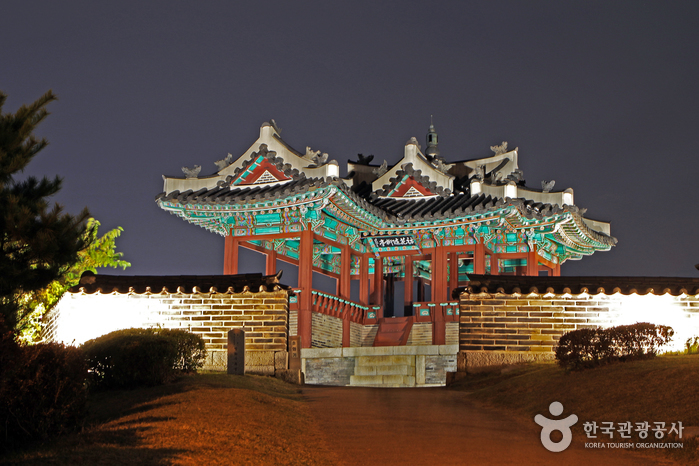
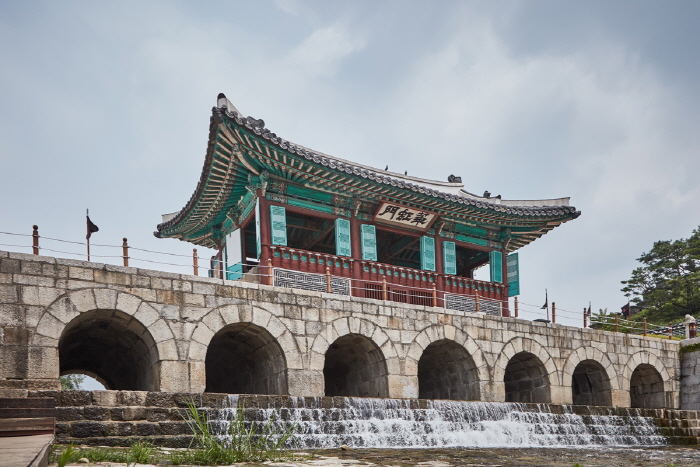
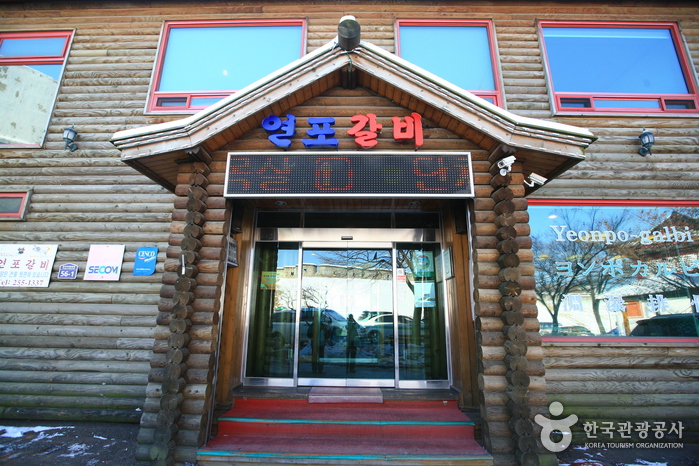
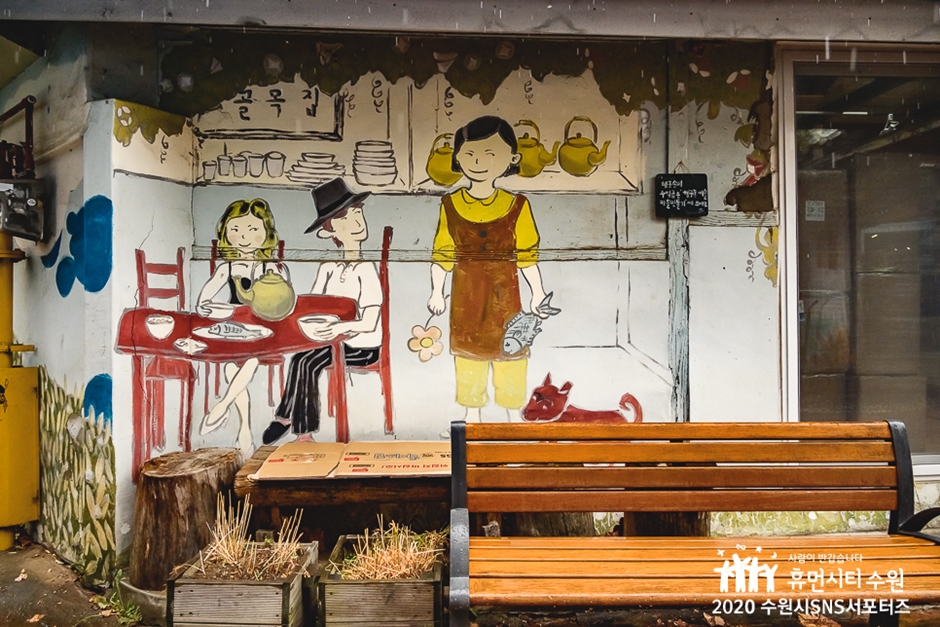
![Suwon Hwaseong Fortress [UNESCO World Heritage] (수원 화성 [유네스코 세계문화유산])](http://tong.visitkorea.or.kr/cms/resource/36/2613036_image2_1.jpg)
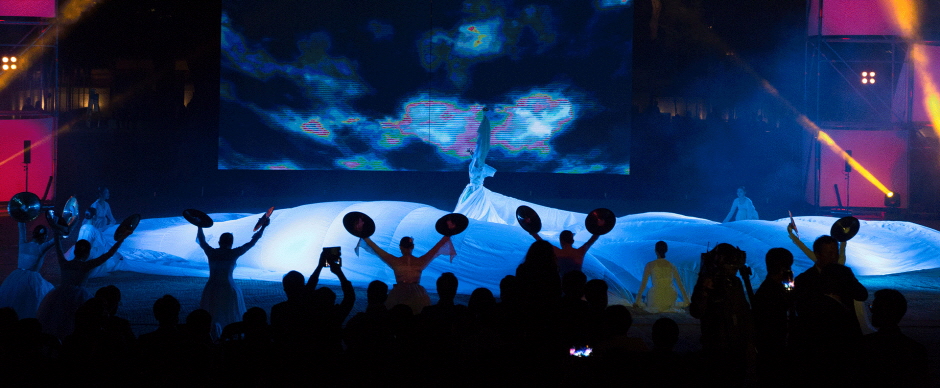
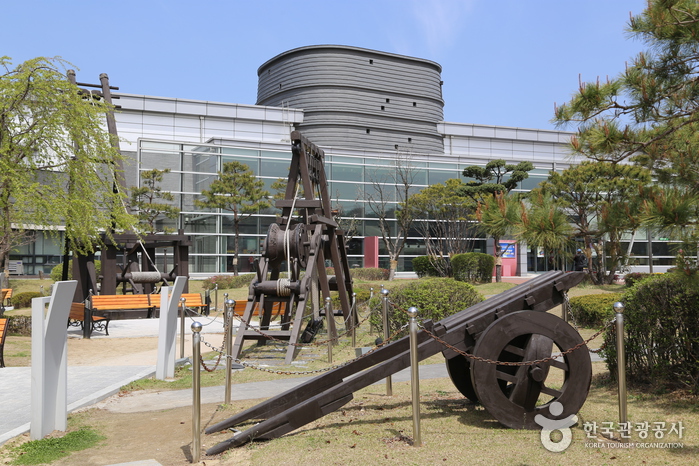
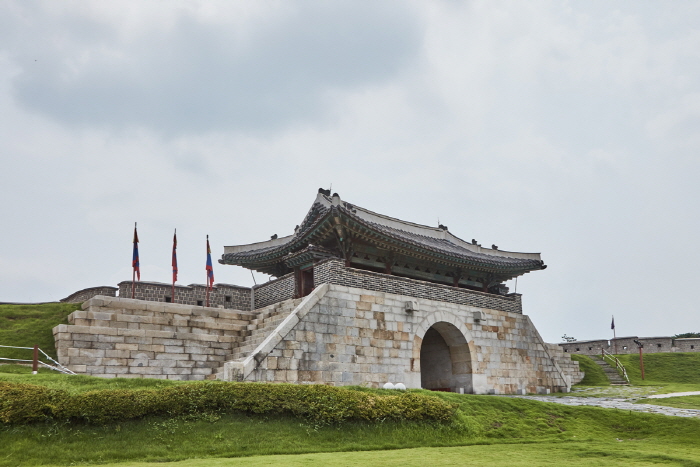
 English
English
 한국어
한국어 日本語
日本語 中文(简体)
中文(简体) Deutsch
Deutsch Français
Français Español
Español Русский
Русский